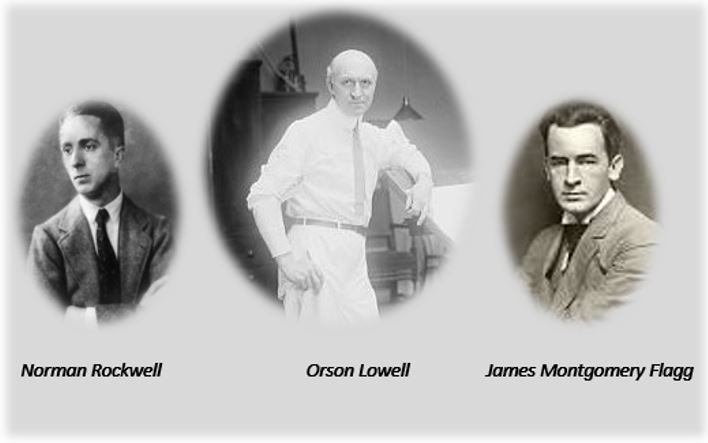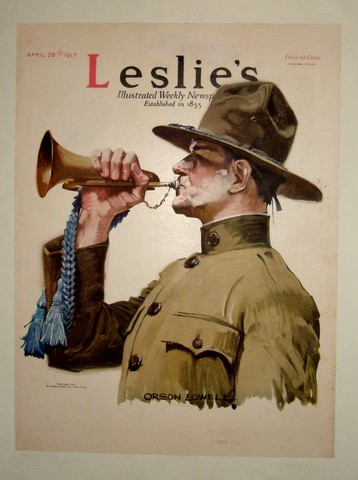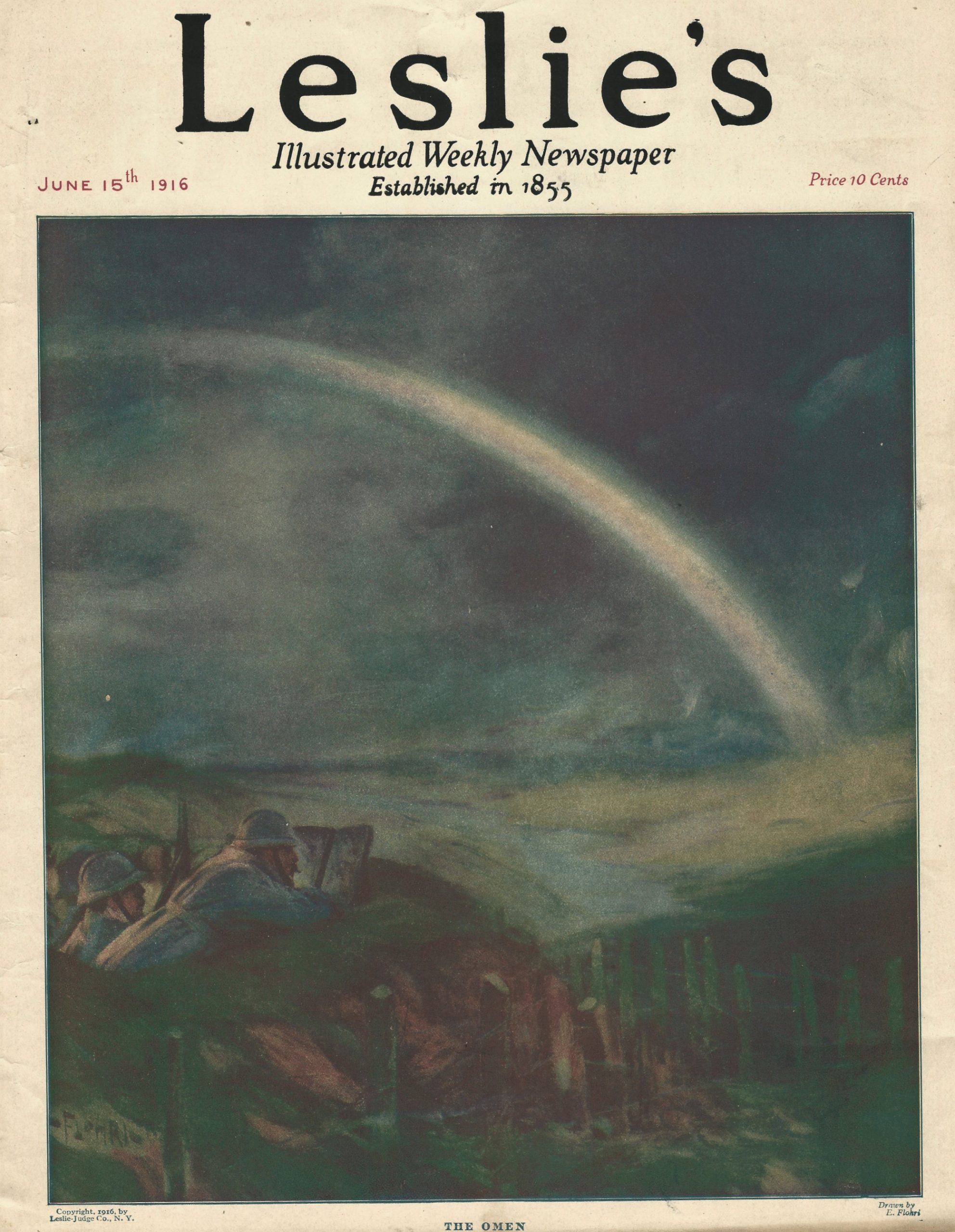Heros, Superheroes, and “Villians”
Heros, Superheroes, and “Villians” of the Early 20th Century
World War I, “The Great War”, officially began on August 14, 1914. In reality it was a continuation of a war between Central Europe and Western Europe that had been fought, off and on, for the past century. America remained nominally neutral the first two and a half years being content to profit from the sale of armaments, supplies and food to both sides of the conflict. In 1916 President Wilson ran for re-election on the platform of “he kept us out of war”. Even before the votes that re-elected him as President were tallied it became obvious that America would enter the war on the side of the Allies. On April 9, 1917, the United States declared war against Germany, Austria-Hungary and the rest of the “Axis” powers. America’s entrance into the war significantly changed the odds in favor of the Western Powers winning the war. A year and a half after The United States entered the war, an armistice was declared and the war ended with Germany and Austria-Hungary surrendering.
World War I was fought thousands of miles from the shores of the United States. Americans needed to be made to feel that they were an integral part of the war effort. In America, Weekly and monthly magazines played a major part in selling the war effort (and war bonds) to the American people through the use of pictures and illustrations in popular monthly and weekly magazines. One magazine, Leslie’s (a New York weekly magazine) led the U.S. patriotic movement with its colorful symbolic covers. These covers helped to create an atmosphere that promoted American patriotism, and the need of Americans to give in both sons and money (liberty loans) to defeat the dreaded, evil, dangerous autocratic monsters in order to make the world ”safe for democracy” and safe for America and its allies. Their magazine covers advertised the might, power and the goodness of the American soldiers and their allied friends. Also glorified was the power of America to produce armaments and at the same time feed and clothe the world.
The owners of magazines used a newer school of artists and a recently developed technology as tools to portray the goodness and the power of the United States in its struggle against the evils of non-democratic societies.

“The only difference between a fine artist and an illustrator is that the latter can draw, eats three square meals a day, and can afford to pay for them.” James Montgomery Flagg
Leslie’s used American symbols to create the image of the United States as the nation of goodness, morality and right. One artist, James Montgomery Flagg who designed several of the Leslie’s war covers inadvertently created an Uncle Sam image that became the Uncle Sam that is familiar to us today.
Over the next two years, U.S. Flag Maker will put these illustrated covers (that were bought by at least half a million people) on our historic section in our web site and on our Facebook page. This magazine, along with other magazine helped shape American’s thinking about the war and world. We will try to give you a short explanation of who, why, and how these magazines created and or magnified heroes, superheroes and demons to illustrate the “good” and “evil” forces in the world.
In addition we will also try to give historical perspective to some of these symbols; to show their backgrounds and their historical development. Lastly, we will try to illustrate how these “heroes, superheroes and demons were adapted by the next generation for the next war to create the superhero characters Superman, Batman, Captain Midnight and Wonder-Woman whose goal was to fight for the ideals of “truth, justice and the American Way”.


